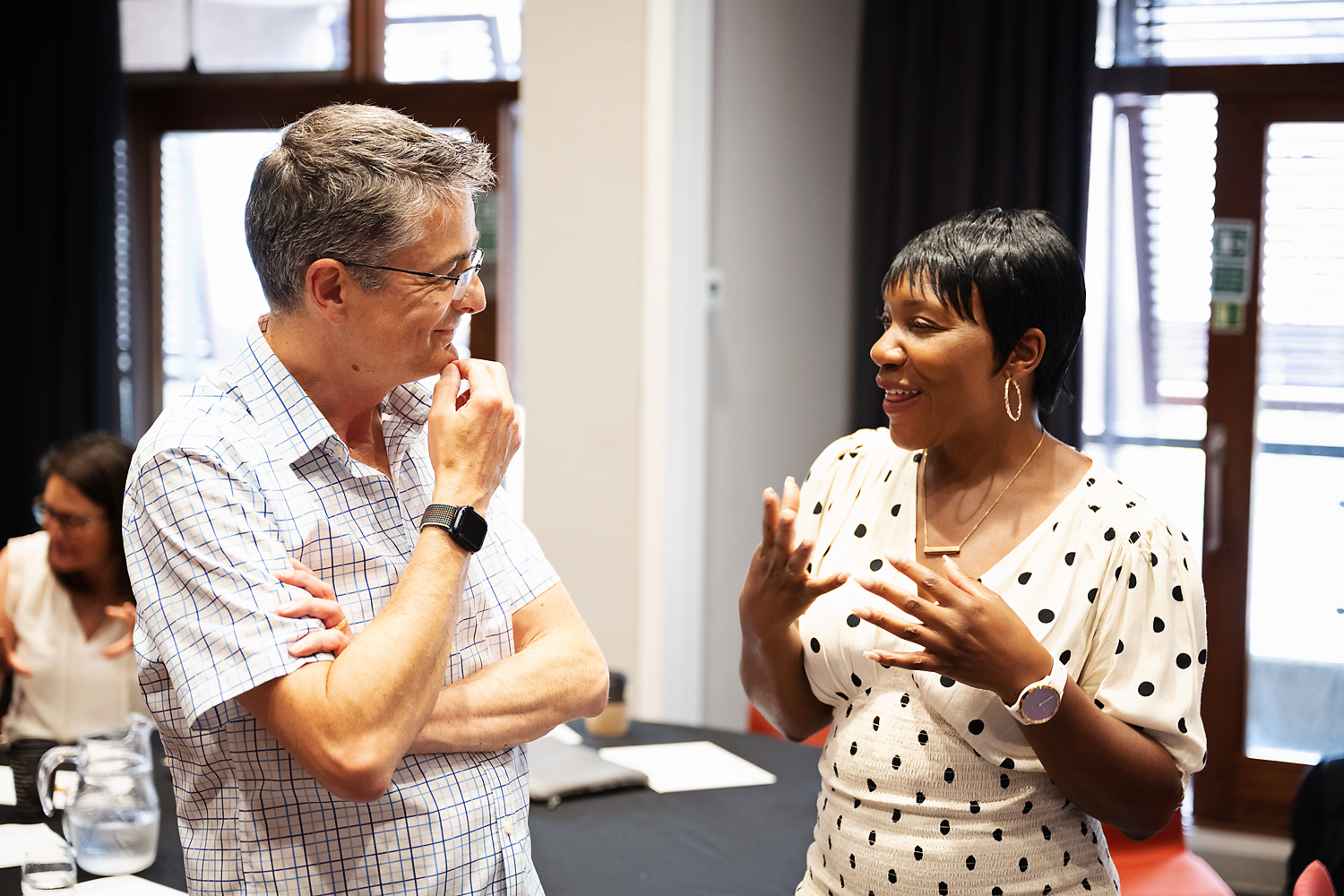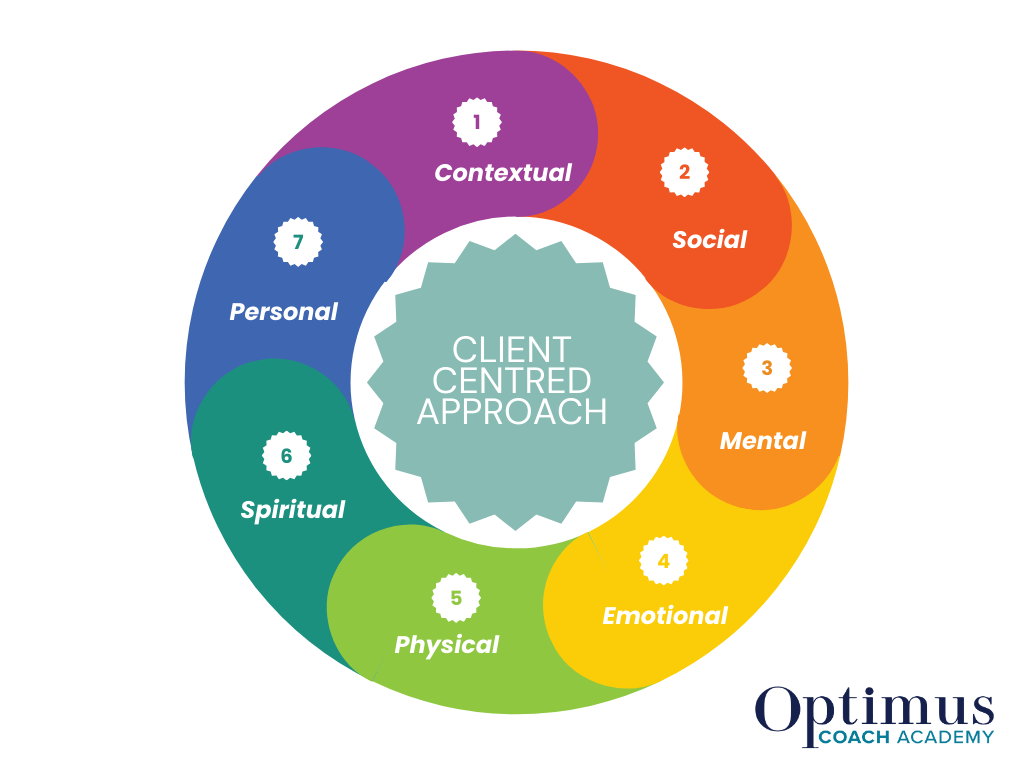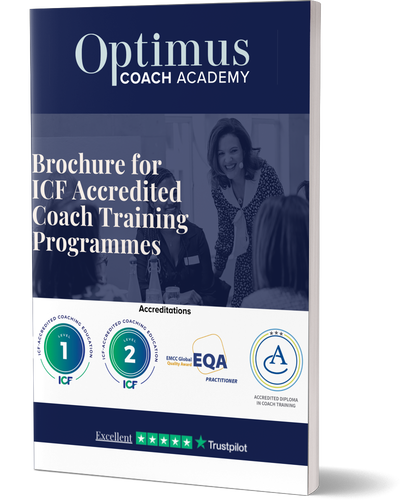The Client's Context
Everything your client sees and doesn’t see – everything your client thinks they can have, and everything they don’t think they can have – exists inside a context. This context dictates the way they view themselves, the other people around them, the world, and every possibility that exists for them as a result of their interactions.
Your client has a context they are living in, whether they realize it or not. Some might be helpful, and others are less so, but either way, they have a context of some kind.
Part of your job as a coach is to reveal this context to them and with them.It's important to understand a client's personal context to align their wants with the actions needed to achieve them
In a coaching session, you can look for client context by asking yourself:
- How is the world as they see it?
- What assumptions are they making?
- What do they think is possible and impossible right now?
- What strategies have they developed to try to make the world work for them?
- What’s the cost of those strategies?
- If the world could be any way they wanted it to be, what would they change?
Read the 5 different Examples below to see how by understanding the Client's context it can inform the questions you ask, that then helps your client find the right solution for them
Why Is It Important?
Goals that are set without considering a client’s context may be unrealistic or irrelevant. Understanding the client’s life situation—such as their career, family, financial situation, or health—ensures that the goals are achievable and aligned with their present circumstances.
Example:
A client may express a desire to advance in their career by taking on a leadership role. However, if the client is currently juggling multiple responsibilities, such as caring for young children or managing a demanding job, a coach should be aware of these factors. The coach could ask, “Given your current responsibilities, how do you feel about taking on additional leadership tasks? Are there ways we can break down this goal into manageable steps that align with your situation?” By understanding the client’s context, the coach helps them set realistic, sustainable goals
Why Is It Important?
The client’s environment, relationships, and external pressures can greatly impact their behavior, decisions, and mindset. Recognizing these factors allows the coach to offer solutions that are more practical and effective in helping the client overcome obstacles.
Example:
A client may be struggling with motivation to pursue personal goals due to pressure from a toxic work environment. The coach might ask, “It sounds like the stress at work is affecting your motivation. Can we explore how you can create boundaries or manage stress more effectively in this environment while still making progress on your personal goals?” By understanding the client’s work situation and the external stressors they face, the coach can help the client develop strategies to navigate these challenges while still moving toward their desired outcome.
Why Is It Important?
Context includes the emotional and mental state of the client, which can be influenced by factors like past trauma, ongoing stress, or significant life events (e.g., a breakup, loss, or career change). Understanding these influences allows the coach to provide more compassionate and empathetic support, fostering a safe and trusting environment.
Example:
If a client has recently experienced a significant loss, such as the death of a loved one, this could be impacting their ability to focus on or engage with their goals. The coach might say, “I know you’ve been through a difficult time recently. How are you feeling about making progress on your goals right now? Would it be helpful to focus on self-care for a bit before revisiting your objectives?” By acknowledging the emotional context, the coach shows empathy and adjusts their coaching approach to meet the client where they are.
Why Is It Important?
The resources available to a client—such as time, money, energy, or support systems—are essential when setting goals. Understanding a client’s resource limitations allows the coach to help them make the best use of what they have and avoid setting them up for failure with overly ambitious goals.
Example:
A client may want to launch a business but has limited financial resources to invest. The coach might explore options like starting small, seeking out mentorship, or building the business gradually. The coach could say, “I understand that resources are limited right now. How can we take small, practical steps to get started without significant upfront investment?” By recognizing the resource constraints, the coach helps the client develop a plan that is feasible given their context.
Why Is It Important?
A client’s context includes their personal history, past experiences, and strengths. Recognizing and leveraging these aspects allows the coach to build on what the client has already accomplished, rather than pushing them into unfamiliar territory without support.
Example:
A client may have a history of excelling in team-based environments but struggles when working independently. Understanding this context, the coach can offer strategies to help the client manage individual tasks while still leveraging their ability to collaborate with others. The coach might suggest, “I know you thrive in team settings. How can we create more collaborative opportunities for you in your current role to support your individual projects?” This helps the client build on their strengths, making the goal-setting process more manageable and aligned with their natural abilities.
Click on the buttons below to understand the importance of the other pillars we teach within our Optimus Holistic Coaching Framework.
To find out more about our Accredited Diplomas which include our Holistic Coaching Framework click the appropriate link below

Are You New To Coaching And Interested In Training To Become An Accredited Coach? Click Here

Are You In A Leadership Position And Looking To Develop Coaching Skills In Current Role? Click Here

Are You An Existing Coach Looking For Formal Accreditations and CCE Courses ? Click Here

Are You An Organisation Looking For Coaching Skills Training For Your In House Team? Click Here

-
Benefit 1
Learn how our holistic coaching framework allows you to design coaching experiences which go deeper with clients
Benefit 2
Learn how to build more effective relationships by putting the Client at the heart of the process.
Benefit 3
Understand how to build the foundations of credible and confident coaching.

-
Benefit 1
You will better understand what it is like to study on either of our Accredited Diplomas with Video testimonials included
-
Benefit 2
A detailed breakdown of the different modules taught in both our ICF Accredited Diplomas.
-
Benefit 3
Find out course dates and meet members of the Optimus team
